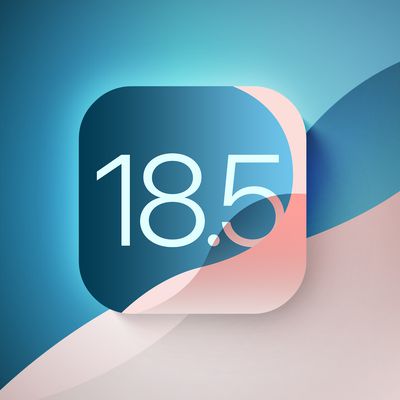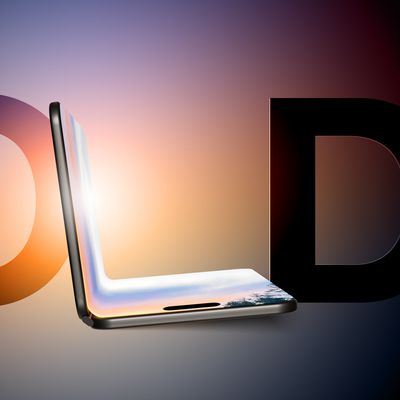Apple last week launched an updated version of the iPad mini, which has been entirely overhauled with an iPad Air-like design. The new mini is basically a smaller version of the iPad Air, and we thought we'd check it out and share first impressions after 48 hours with the little tablet.
With an 8.3-inch display, the iPad mini has a bigger screen size than ever before, but it's actually a touch less tall than the prior-generation version thanks to much slimmer bezels and the removal of the Home button.
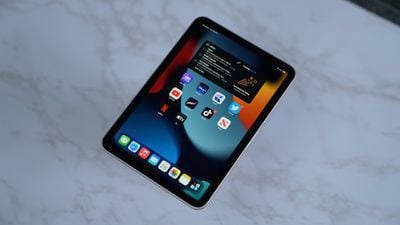
Since there's no Home button, the iPad mini uses a Touch ID power button, which works well. It's just like the Touch ID power button on the iPad Air, and it's identical to the Touch ID Home buttons we used for years before Apple started the transition to Face ID. It's quick and hassle-free, though it does take some getting accustomed to if you're used to Face ID.

Design wise the iPad mini also looks like a little version of the iPad Air with the same squared-off edges, plus it adopts USB-C, which is useful if you want to connect peripherals or charge using the same cable you use for your MacBook. Apple also made the iPad mini 6 in new colors like pink, purple, starlight (a silver/gold) and space gray.
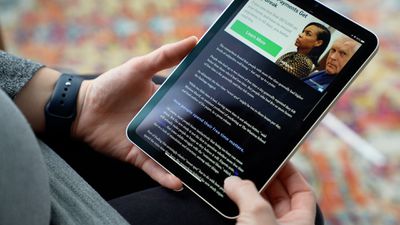
The size and weight of the iPad mini feel great in the hand, and it's the perfect size for reading or playing games on the go. It's equipped with the same A15 chip that's in the iPhone 13 Pro, with 5-core GPU included, so it's second in speed only to the M1 iPad Pro.
If you're used to devices like the iPad Pro or even the new iPhone 13 Pro, the iPad mini's display might disappoint. It's not mini-LED like the iPad Pro and it doesn't support ProMotion so there are no 120Hz refresh rates.
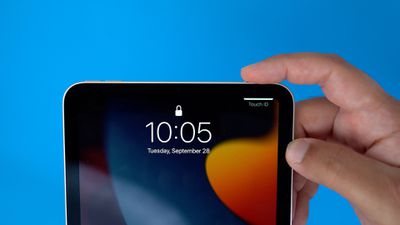
The rear camera technology is mediocre and hasn't really seen an update, but it's using a new 12-megapixel Ultra Wide front-facing camera that supports Center Stage, Apple's FaceTime feature. Center Stage is meant to keep you in the frame even when you walk around, and it works for FaceTime, Zoom, and other video apps.

You can use the Apple Pencil 2 with the iPad mini, and to make a space to charge it on the side, Apple moved the volume buttons to the top of the tablet. This can take some getting used to, but it's an acceptable change to get Apple Pencil 2 support. The prior-generation iPad supported the original Apple Pencil, but the second-generation version is more feature rich and has a much better charging and connection method.
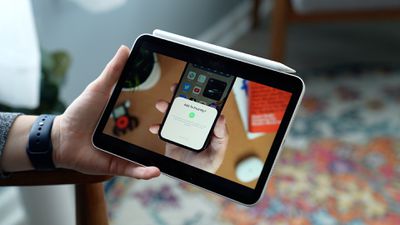
Though there's Apple Pencil support, Apple has not, unfortunately, designed a little Magic Keyboard for the iPad mini so there's no Apple-created keyboard option. You can probably find a third-party keyboard, but it's definitely disappointing not to have a mini Apple keyboard to work with.
The iPad mini is available with a cellular connection and it supports 5G, just like the iPhones. It's worth noting that it only supports sub-6Hz 5G connections and not the super fast mmWave connectivity, but that's still so rare that it's unlikely anyone is going to miss mmWave capabilities on the iPad mini at this point in time.
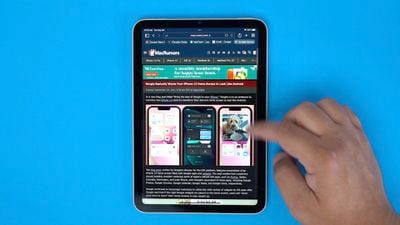
All in all, there's not a lot to complain about with the iPad mini. If you're looking for a smaller sized tablet to complement an iPhone, it's a solid choice because it's lightweight, easy to carry around in a bag, and still offers a lot more screen space than an iPhone. It's arguably the most innovative and exciting product to come out in September.
At $499, the iPad mini is pricier than the iPad 9, but Apple has packed a lot of technology into a small enclosure with this tablet. It's similar in design to the iPad Air, which is priced at $599, but with the A15 chip it's even more powerful.







